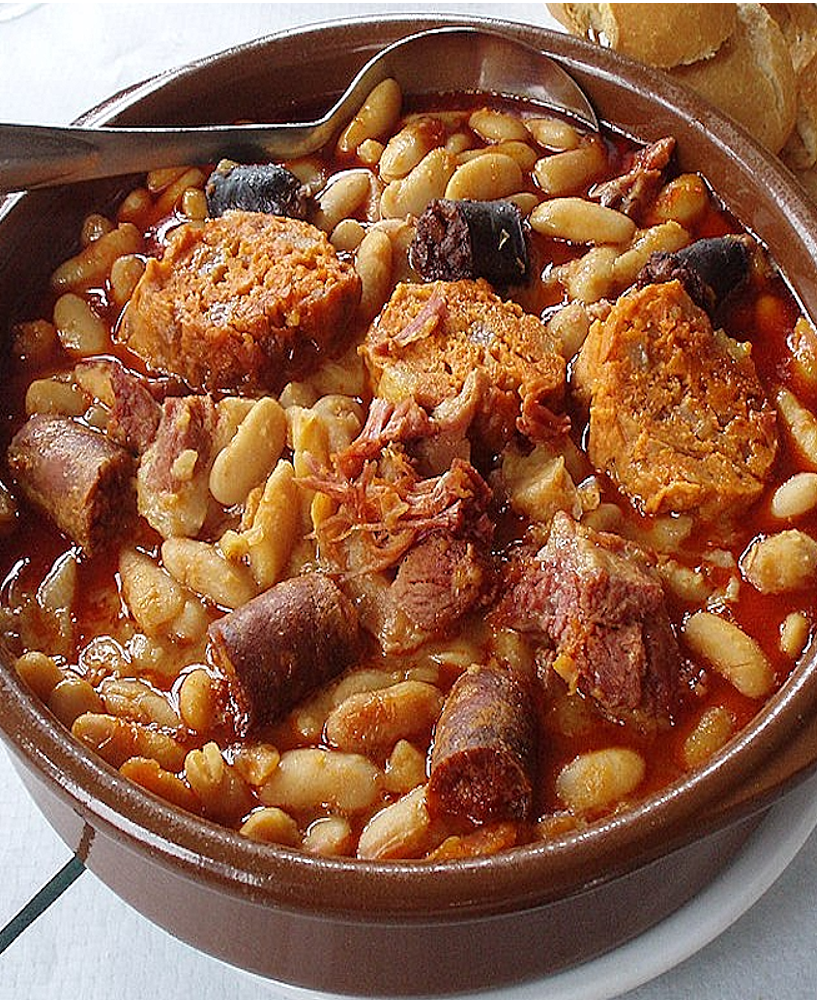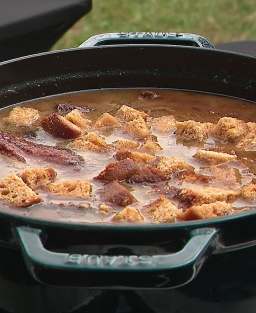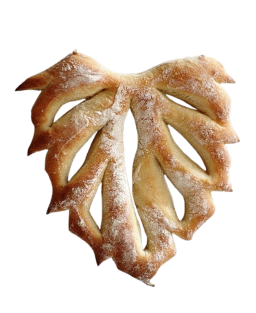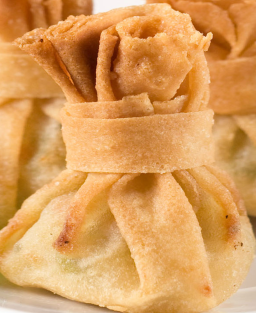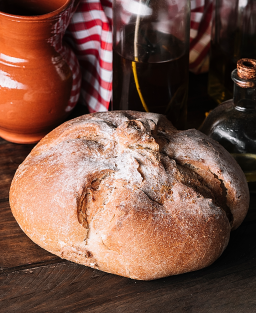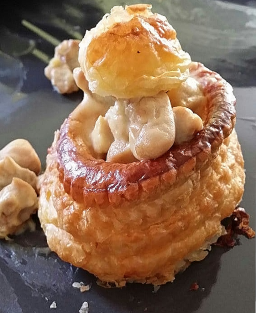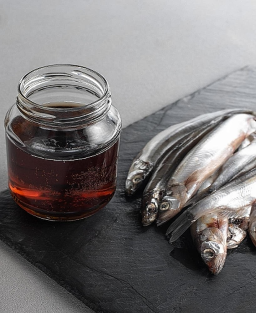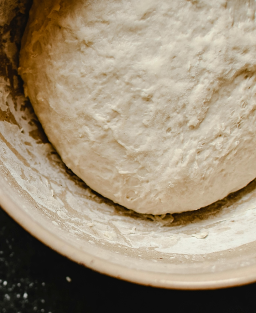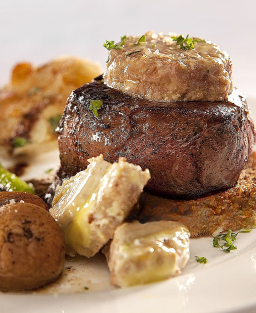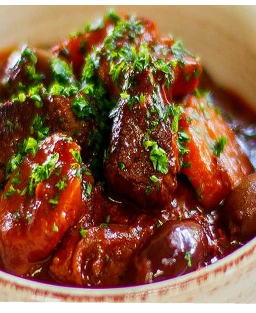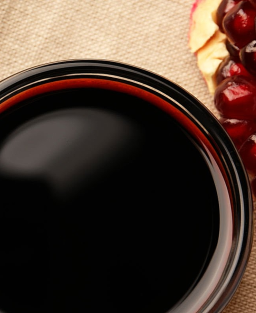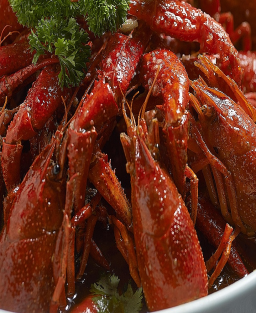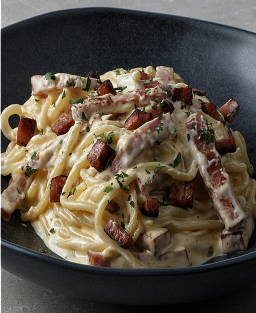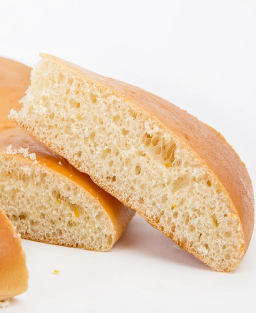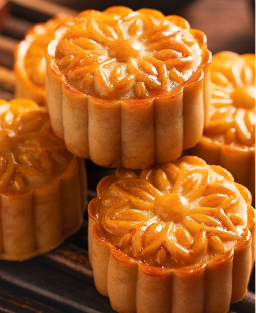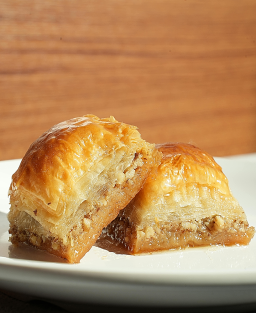Fabada Asturiana – The Spanish cassoulet with beans, chorizo and morcilla
Fabada Asturiana – The Spanish cassoulet with beans, chorizo and morcilla
Fabada Asturiana – The “cassoulet” from Asturias: traditional stew with beans, chorizo and morcilla
Country / Region
-
Country: Spain
-
Region: Asturias
-
Official status: none
-
Recipe creator: oral tradition (popular peasant recipe)
-
Specifications: No
-
Certification body: None
History
Historical and cultural context
Fabada is one of the most emblematic dishes of Asturian cuisine, a mountainous region in northern Spain. It originates from peasant households, where families used locally available products to prepare nourishing dishes that could provide comfort during long, harsh winters.
Fabes de la Granja (large, creamy white beans grown in Asturias) are the heart of this dish. Combined with smoked and salted meats from the matanza (traditional pig slaughter), such as chorizo, morcilla, and bacon, they create a rich, hearty dish often referred to as a “peasant festive meal.”
The first written mention of a recipe similar to fabada dates back to the 19th century, although it likely comes from an older tradition inherited from medieval legume stew practices. Today, fabada is served in sidrerías (cider houses) and traditional restaurants, symbolizing Asturian culinary identity. It is even featured in regional culinary competitions, where each chef aims for the creamiest texture and most flavorful broth.
Iconic chefs who have popularized it:
-
José Andrés: Spanish chef who popularized it in the U.S. with a refined, exported version.
-
Nacho Manzano: Asturian chef with two Michelin stars, reinterprets fabada with lighter textures.
-
Pedro Morán: chef at Casa Gerardo, considered a guardian of Asturian tradition.
Legend or anecdote
It is said that Asturian miners would carry a fabada in a clay pot deep into the mines to withstand cold and humidity. The warmth of the dish gave them strength to endure long workdays.
Recipe description
Fabada Asturiana is a hearty stew of fabes and local charcuterie (chorizo, morcilla, bacon), slow-cooked until creamy and deeply flavorful. A convivial and nourishing dish, it resembles French cassoulet in its cultural role: to feed and bring people together.
Ingredients
| Ingredient | Quantity | Approx. weight (g) |
|---|---|---|
| Fabes (Asturian white beans) | 1 bowl | 500 g |
| Asturian chorizo | 1 piece | 150 g |
| Asturian morcilla | 1 piece | 150 g |
| Bacon (tocino) | 1 piece | 200 g |
| Ham or ham bone | 1 piece | 200 g |
| Onion | 1 | 100 g |
| Garlic cloves | 2 | 10 g |
| Bay leaf | 1 | – |
| Saffron or paprika | 1 pinch | 1 g |
| Olive oil | 1 drizzle | 20 g |
| Salt and pepper | – | – |
Note: Some families replace bacon with smoked pancetta or add pork shank. Morcilla varies by locality (with rice, onions, or spices).
Detailed preparation
-
Soaking the beans
-
Place the beans in a large bowl and cover with plenty of cold water.
-
Let soak for at least 12 hours (ideally overnight). This hydrates the beans and reduces sugars that can cause indigestion.
-
Drain carefully before using.
-
-
Pre-cooking the beans
-
Put the beans in a large cast-iron or clay pot.
-
Cover with cold water (5–6 cm above the beans).
-
Slowly bring to a boil without a lid until white foam appears.
-
Remove the foam with a skimmer for a clear broth.
-
-
Aromatics and broth base
-
Lower the heat for gentle cooking.
-
Add the whole onion, lightly crushed garlic cloves, bay leaf, and ham bones.
-
-
Preparing and cutting the meats
-
Cut chorizo and morcilla into 3–4 cm pieces.
-
Cut bacon into cubes or rectangles about 4 cm.
-
-
Browning the meats
-
Lightly brown the meats in a pan with a drizzle of olive oil.
-
Add the meats to the pot with the beans.
-
-
Seasoning and color
-
Add a pinch of saffron or a tablespoon of paprika.
-
Lightly season with salt and pepper.
-
-
Slow cooking
-
Keep at a gentle simmer (95–100 °C) for 2–3 hours.
-
Add cold water if necessary to prevent beans from drying out.
-
Stir gently in circular motions.
-
-
Finishing
-
Adjust salt and pepper.
-
Remove onion, garlic cloves, and ham bones.
-
Let rest 10–15 minutes before serving.
-
-
Presentation
-
Serve hot in deep plates.
-
Place charcuterie separately.
-
Accompany with rustic bread or corn bread.
-
Charcuterie
-
Chorizo: cured and dried with paprika, sometimes smoked.
-
Asturian morcilla: made with pig’s blood, rice, and onions; rich and flavorful.
Recommended vessel: cast-iron or clay pot.
Tips and tricks
-
Keep the heat low to prevent beans from breaking.
-
Stir gently in circular motions.
-
Add a bit of lard for extra creaminess.
-
Beans should remain whole with a creamy texture.
Serving
-
Serve hot, meats on a separate platter.
-
Accompany with country bread or corn bread.
Variations
-
Fabes con Almejas: beans cooked with fish stock, saffron, garlic, and parsley; clams added at the end.
-
Fabada ligera: bacon replaced by lean ham or smoked poultry; less chorizo and morcilla; lighter broth.
-
Fabada de Marisco: beans with prawns, squid, or mussels; chorizo reduced or omitted; saffron and paprika retained.
-
Fabada vegetariana/vegana: no meats; concentrated vegetable broth, smoked paprika; optionally mushrooms or smoked tofu.
-
Fabada con liebre o caza: beans with game meat (hare, rabbit, partridge); more powerful, less fatty broth.
-
Fabada a la moderna: creamy bean purée, grilled charcuterie separately; sometimes served deconstructed as tapas.
Recommended wines and drinks
-
Asturian red wine (Cangas DO)
-
Natural Asturian cider (sidra natural)
-
Full-bodied Spanish red wine from Rioja or Bierzo







